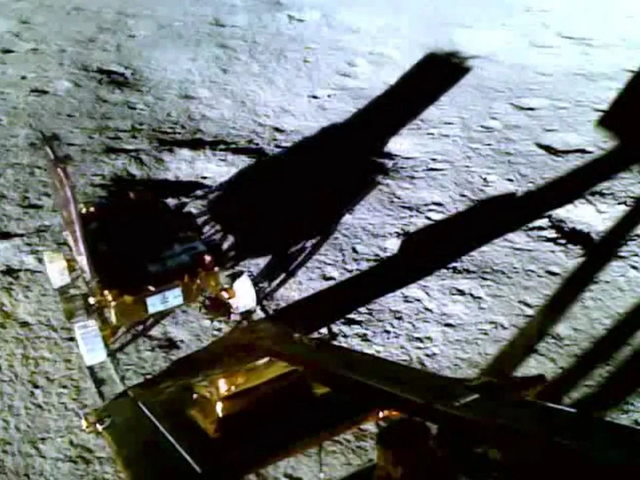Smartphone retail average selling price to grow 14%
Q3 shipments of smartphones down 5%
NFA Post, New Delhi: Sales of smartphones are likely to touch $7.6 billion during the ongoing festive season, according to a report by Counterpoint Research.
The season, which will end on November with the Deepavali festival got kicked off in October first week with e-commerce giants Amazon and Flipkart announcing their Great India Festival and Big Billion Days sales.
The smartphone sales are likely to be driven by high consumer demand in the mid and premium segments and the retail average selling price (ASP) during the festive season will grow 14 per cent to reach its highest ever at $230 (around Rs 17,000), according to the report.
“This trend has been accelerated this year by the high pent-up demand backed by aggressive promotions in the mid and premium segments. We estimate that almost $7.6 billion worth of smartphones will be sold during the ongoing festive season,” said Prachir Singh of Counterpoint.
This estimated demand for smartphones comes at a time when the global industry is facing component shortages. “As a result, OEMs have been forced to increase prices, which will have a higher impact on the mass market and budget segments,” he said.
The overall consumer sentiment has been positive going into the festive season in India, according to Research Director Tarun Pathak. He said the retail ASP is expected to grow at 14 per cent YoY. This is even as the growth in market value during the 2021 festive season is expected to be 1 per cent YoY.
“Many consumers have decided to spend from their accumulated savings for something that is more personal. This trend will drive a faster smartphone upgrade during the festive season,” he said.
Apart from this, he said the 2021 festive season is seeing higher trade-ins and aggressive EMIs that increase device affordability and help consumers bypass multiple price barriers.
“This has helped drive the sales of mid-to-high tier (>$200) smartphone models and, subsequently, the overall ASP. Many OEMs sensed this trend and brought out aggressive offers on premium devices. The relatively higher sales of premium segment smartphones also helped offset the losses in the mass market due to price hike,” Prachir Singh added.
Smartphone Q3 shipments down 5%
Meanwhile, according to a report by Canalys, smartphone shipments in India declined 5 per cent year on year to 47.5 million units in Q3, as vendors struggled with supply issues for low-end models.
However, the report said it is to be noted that owing to pent up demand last year, Q3 2020 makes for a tough year-on-year compare.
But shipments in Q3 2021 were 47 per cent higher compared to Q2 2021, as consumer demand bounced back rapidly owing to declining Covid-19 cases.
Canalys Research Analyst Sanyam Chaurasia said From the end of June, a surge in demand has swept India, which is set to persist during the festive season.
“Smartphone vendors have seized the opportunity to push the older stock into the channel ahead of the holiday period. But low-end model supply constraints mean shipments have been restricted, and brands have been forced to use promotions to make their high-end models more appealing,” said Sanyam Chaurasia.
“Vaccine roll-out has been colossal for the Indian economy,” he said.
These challenges are likely to persist in Q4 with high component and logistics costs, together with container shortages leading to longer lead times and higher retail prices, he said.
“But smartphone brands are striving to minimise the impact on Indian customers and will prioritise online channels where possible to provide a margin buffer that may allow for less price disruption,” Sanyam Chaurasia said.
Market share
Xiaomi maintained its lead in the Indian smartphone market, shipping 11.2 million units for a 24 per cent market share. Samsung maintained the second spot with 9.1 million units, accounting for 19 per cent of the market. It was followed by Vivo with 8.1 million shipments, accounting for a 17 per cent market share. Realme remained in fourth place with 7.5 million units and a 16 per cent market share while OPPO came in fifth with 6.2 million units shipped and a 13 per cent market share.
“Smartphone vendors are using a range of strategies, from extending their product mix to boosting their channel coverage, to increase shipments and value,” said Jash Shah of Canalys.
For instance, Xiaomi leveraged its Mi 11 series to raise its share in the premium segment, despite a slight drop in share overall, he said. Its primary competitor Apple for high-end share, used promotional deals to gain momentum into iPhone 12 sales ahead of its iPhone 13 launch in September.
However, Jash Shah said Realme opted for a different strategy, hoping to undermine high-end vendors with its focus on affordable 5G. “Its shipments were 70 per cent online, and it shipped around one million of its Realme 8 5G,” Jash Shah said.
Jash Shah also said the competition is unlikely to let up anytime soon, as challenger brands such as Transsion attempt to scale up and disrupt incumbents in India.





